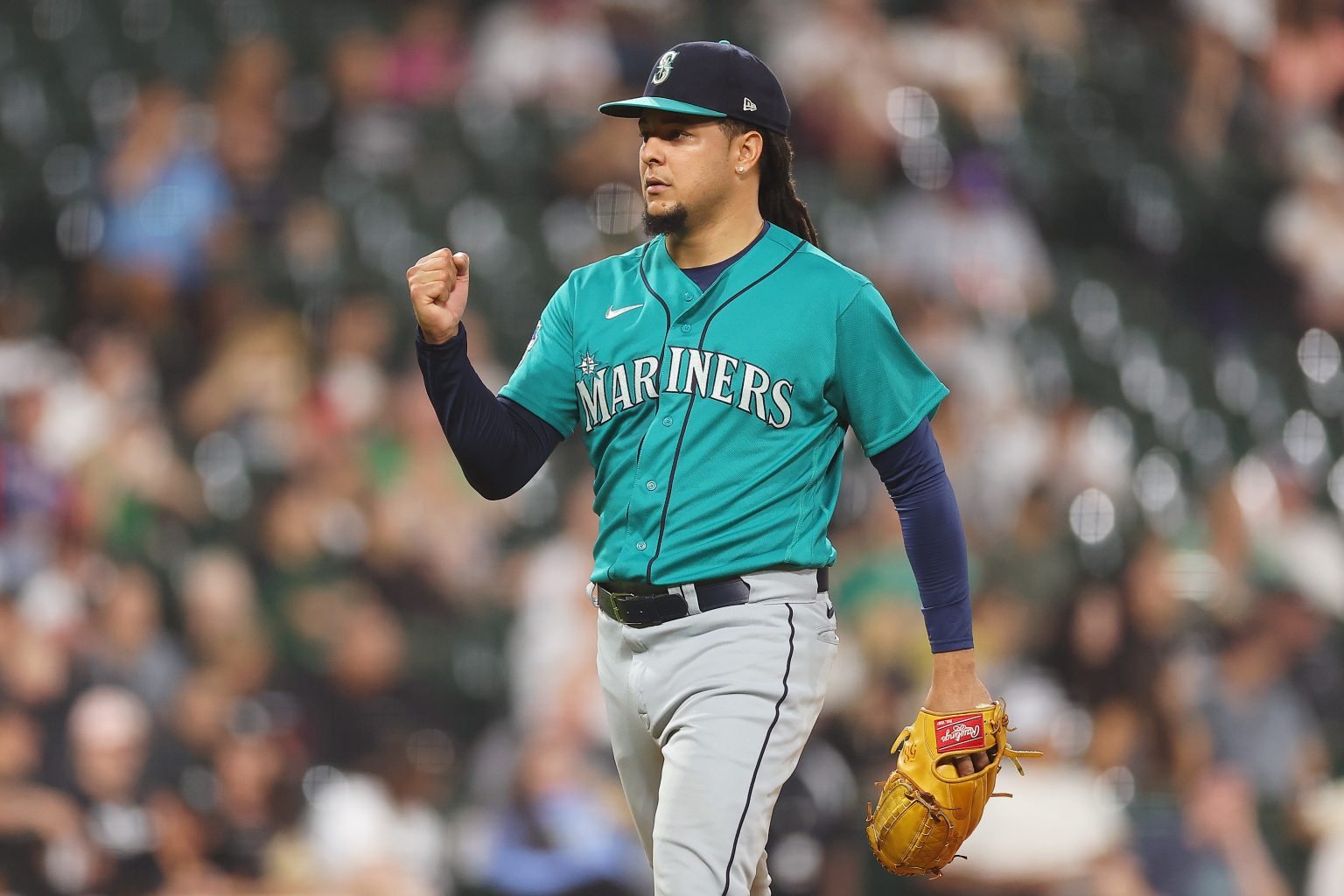The Boston Red Sox and the Seattle Mariners find themselves in a compelling trade scenario, centered around two key players: Triston Casas, a promising young power hitter coveted by the Mariners, and Luis Castillo, a dominant starting pitcher who has caught the Red Sox’s eye. The Mariners’ desperate need for offensive firepower and the Red Sox’s desire for a top-tier starting pitcher create a potential trade synergy, even though both teams value their respective players highly.
The Mariners’ offensive struggles throughout the previous season, ranking near the bottom in batting average and OPS, have highlighted a glaring weakness in their lineup. Their pitching staff, led by Luis Castillo, has been a beacon of strength, leading the league in ERA. This discrepancy between potent pitching and anemic offense has put pressure on the Mariners’ front office to address the imbalance. Acquiring a player like Casas, a young power hitter with potential to anchor the middle of their lineup for years to come, could be the solution they desperately seek. However, the Red Sox recognize Casas’s value and are reluctant to part ways with him unless they receive a substantial return.
The Red Sox, while possessing a potent offensive lineup, are in need of bolstering their starting rotation. Luis Castillo, with his proven track record of success, represents a significant upgrade for their pitching staff. His ability to consistently deliver quality starts and miss bats would provide stability and leadership to the Red Sox rotation. While the Red Sox are aware of the Mariners’ offensive deficiencies and their desire for Casas, they are also aware of the high value Castillo holds for Seattle’s pitching staff. This places them in a strong negotiating position, allowing them to demand a high price for their young slugger.
The crux of the potential trade lies in the Mariners’ willingness to part with Castillo. While he is undoubtedly a valuable asset, the Mariners’ dire need for offensive production may force them to make a difficult decision. Trading Castillo, while weakening their formidable rotation, would provide the financial flexibility to pursue offensive upgrades through free agency. Acquiring Casas directly addresses their offensive needs while preserving resources that could be utilized to further bolster their lineup. Alternatively, they could attempt to address their offensive needs through free agency, but this route could prove significantly more expensive than trading for Casas.
The proposed Castillo-for-Casas trade is unlikely to be a straight-up, one-for-one exchange. The Red Sox, understanding their leverage, are expected to demand additional players or prospects alongside Castillo in return for Casas. The Mariners, eager to acquire Casas and address their offensive woes, may be compelled to sweeten the deal with prospects or other players who fit the Red Sox’s needs. The specific composition of the trade would depend on the negotiations between the two teams, with each side trying to maximize its return while addressing its pressing needs.
This potential trade presents a fascinating dilemma for both teams. The Mariners must weigh the cost of surrendering their ace pitcher against the potential offensive boost provided by Casas. The Red Sox must assess the value of a young, unproven power hitter compared to the immediate impact of a proven ace like Castillo. The negotiations between the two teams will be closely watched by baseball fans and analysts, as the outcome could significantly reshape the fortunes of both franchises in the coming seasons. The Mariners’ desperation for offense and the Red Sox’s need for pitching create a compelling narrative, and the final resolution of this trade scenario promises to be a significant development in the Major League Baseball landscape.

